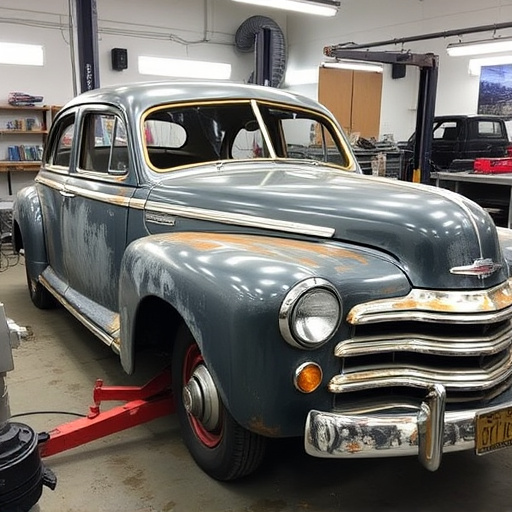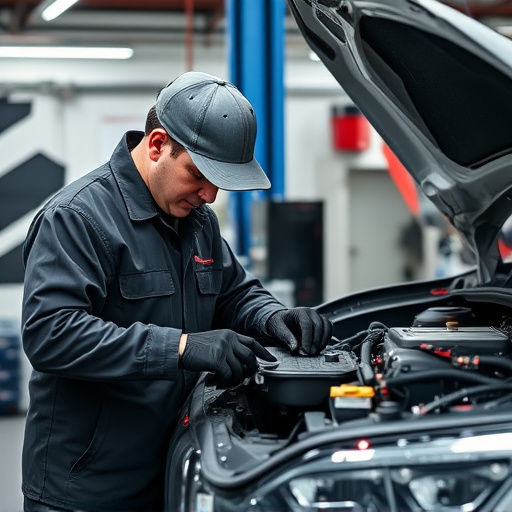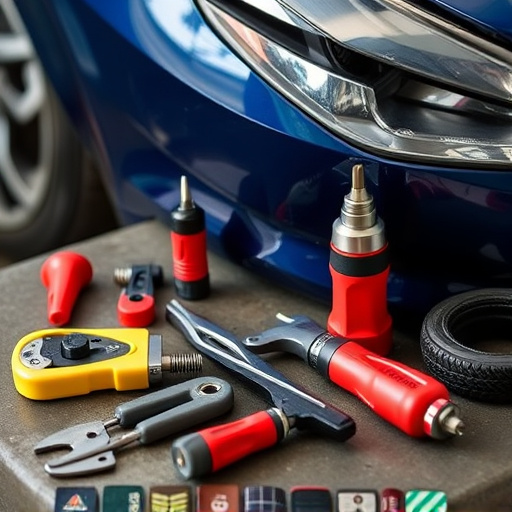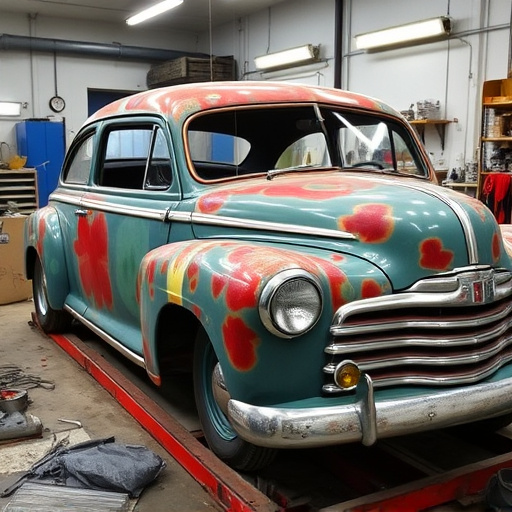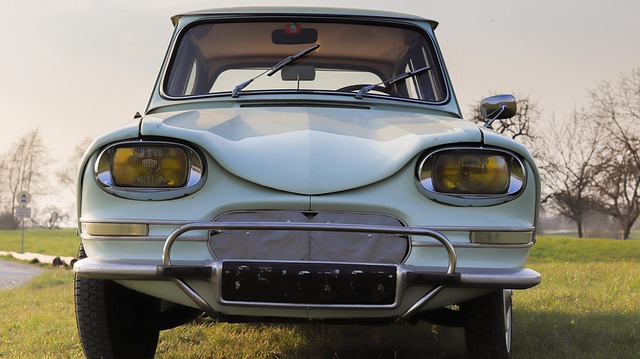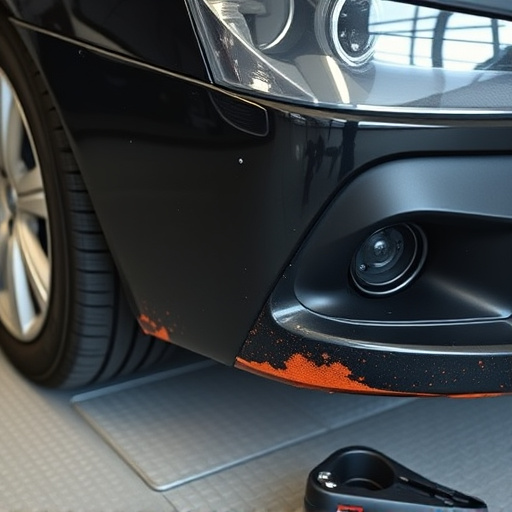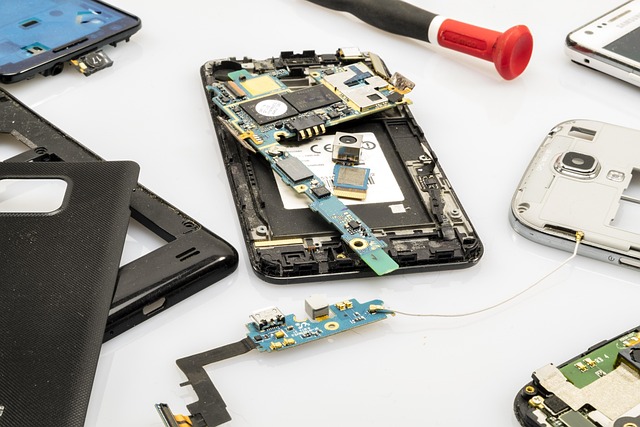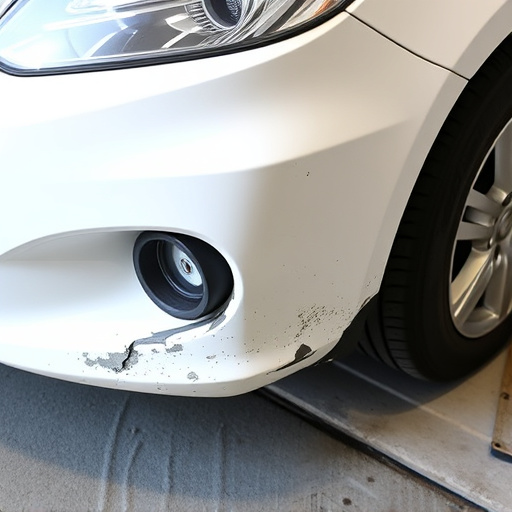Frame repair equipment is a vital tool in automotive repairs, enabling precise structural alignments and high-quality auto body painting. Its versatility saves time, costs, and speeds up turnaround times compared to traditional welding or replacement methods. Calibration, a meticulous process involving advanced technologies like laser measurements and computer-aided diagnostics, ensures the accuracy of these equipment, preserving vehicle safety and resale value. Accurate calibration is crucial for efficient collision repair and restoration, leading to faster service times, improved quality, and enhanced customer satisfaction.
Frame Repair Equipment (FRE) is a critical toolset for ensuring precise structural alignment during repairs. This article delves into the multifaceted role of FRE, exploring its significance in maintaining structural integrity and enhancing repair efficiency. We’ll dissect the calibration process, emphasizing how it guarantees exact measurements, and discuss the substantial benefits of accurate calibration, including reduced errors, faster repairs, and improved overall quality.
- Understanding Frame Repair Equipment: Its Role and Importance
- The Calibration Process: Ensuring Precision in Structural Alignment
- Benefits of Accurate Calibration for Efficient Frame Repair
Understanding Frame Repair Equipment: Its Role and Importance
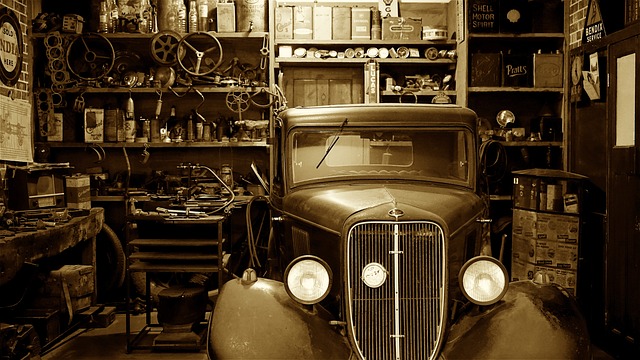
Frame repair equipment plays a pivotal role in ensuring precise structural alignment during vehicle repairs, particularly in cases of dents and damage. This specialized machinery is designed to calibrate and straighten metal panels, maintaining the integrity of the vehicle’s frame. Its importance lies in achieving exacting standards, not just for safety but also for the longevity of the vehicle. By facilitating paintless dent repair techniques, these tools contribute significantly to high-quality auto body painting services, ensuring that vehicles not only look their best but also perform optimally.
The versatility of frame repair equipment is evident in its application across various vehicle repair scenarios. From minor fender benders to more complex accidents, it enables technicians to accurately restore structural components without the need for extensive welding or replacement. This not only saves time and costs for both repair shops and customers but also facilitates faster turnaround times, getting vehicles back on the road promptly.
The Calibration Process: Ensuring Precision in Structural Alignment

The calibration process is a meticulous procedure that underpins the accuracy of frame repair equipment, making it indispensable for achieving precise structural alignment in automotive repair. It involves meticulously adjusting and testing each component to ensure they function at optimal levels. This rigorous routine includes calibrating sensors, actuators, and measuring tools, all while adhering to stringent industry standards. By fine-tuning these elements, the equipment can accurately assess and rectify frame damage from minor dents to severe crashes, guaranteeing that vehicles return to their original structural integrity after repairs.
Frame repair equipment’s calibration is a dynamic process that incorporates advanced technologies such as laser measurements and computer-aided diagnostics. These tools enable technicians to identify even the subtlest misalignments, allowing for meticulous adjustments during vehicle paint repair or dent removal processes. This level of precision ensures not just cosmetic enhancement but also preserves the structural safety and resale value of the vehicle, highlighting the significance of well-maintained and calibrated frame repair equipment in modern automotive repair practices.
Benefits of Accurate Calibration for Efficient Frame Repair
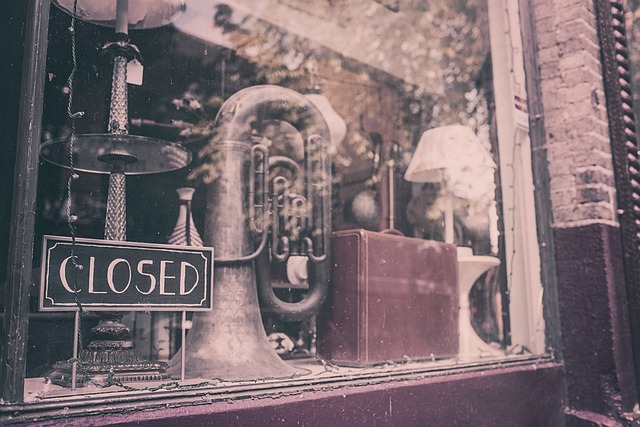
Accurate calibration of frame repair equipment is paramount for efficient frame straightening and structural alignment during auto body repairs, including complex automotive collision repair and vehicle restoration processes. When properly calibrated, this specialized equipment ensures precise measurements, minimizing errors that could lead to subpar results or costly reworks.
Benefits of such meticulous calibration include faster turnaround times in auto dent repair, improved overall quality, and enhanced customer satisfaction with vehicle restoration outcomes. By maintaining optimal performance, frame repair equipment calibrated to exacting standards facilitates smoother workflows, allowing skilled technicians to focus on intricate details while achieving perfect structural alignment across the entire vehicle body.
Frame repair equipment, with its ability to calibrate for exact structural alignment, is a game-changer in ensuring efficient and precise repairs. By undergoing regular calibration, this equipment guarantees that every adjustment made during the repair process is accurate, leading to better overall structural integrity. This, in turn, not only saves time but also reduces the cost of repairs while maintaining the quality and safety standards required for robust frame structures.
